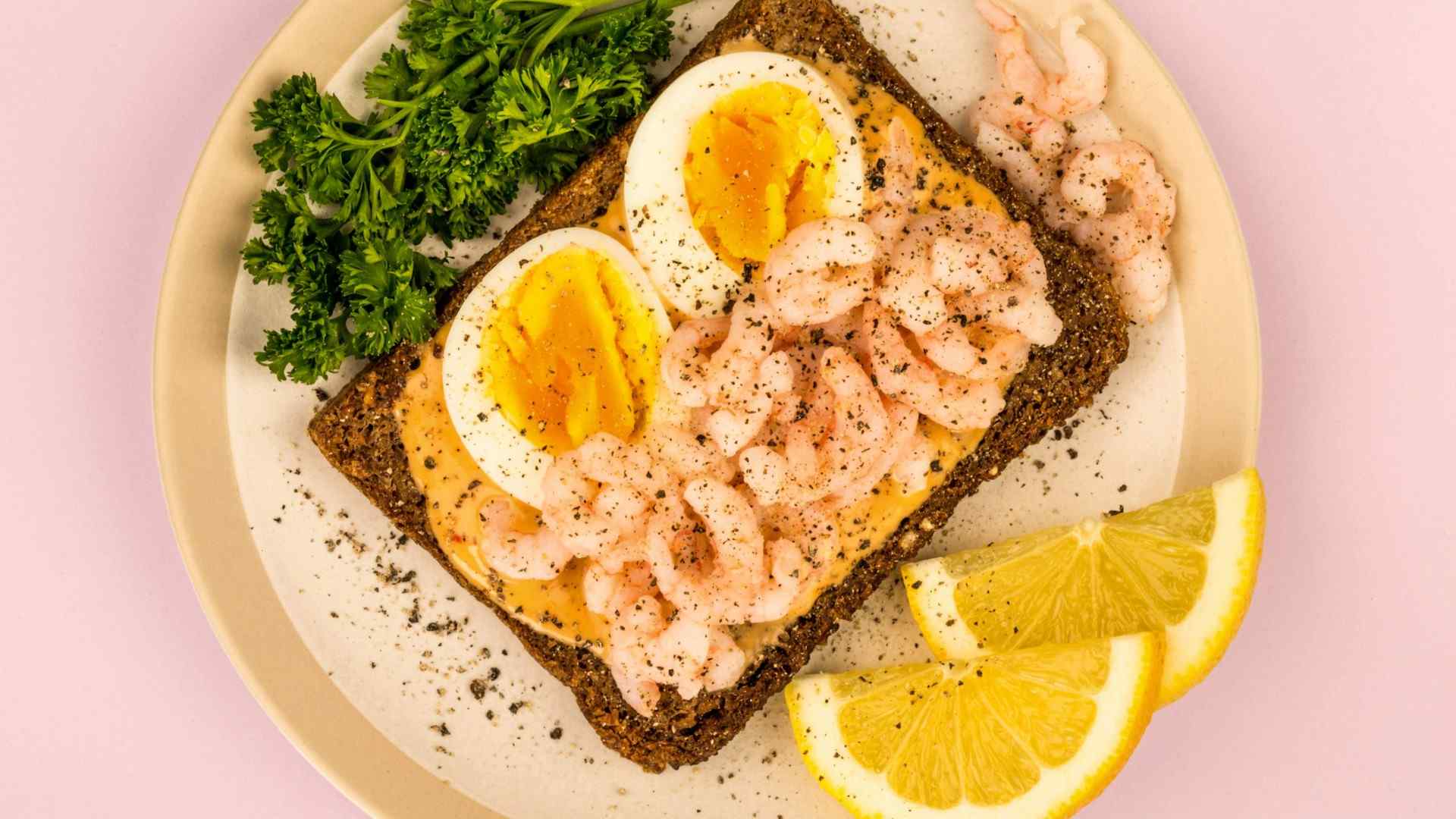
Smørrebrød
A cornerstone of Danish lunch culture, Smørrebrød consists of buttered rye bread topped with an array of ingredients such as cold cuts, meat or fish, cheese, and garnishes. Each piece is a work of art, carefully assembled to offer a balance of flavors and textures. Often enjoyed as a quick lunch or part of a larger buffet, Smørrebrød is a testament to the Danish art of combining simplicity with elegance on a single slice of bread.
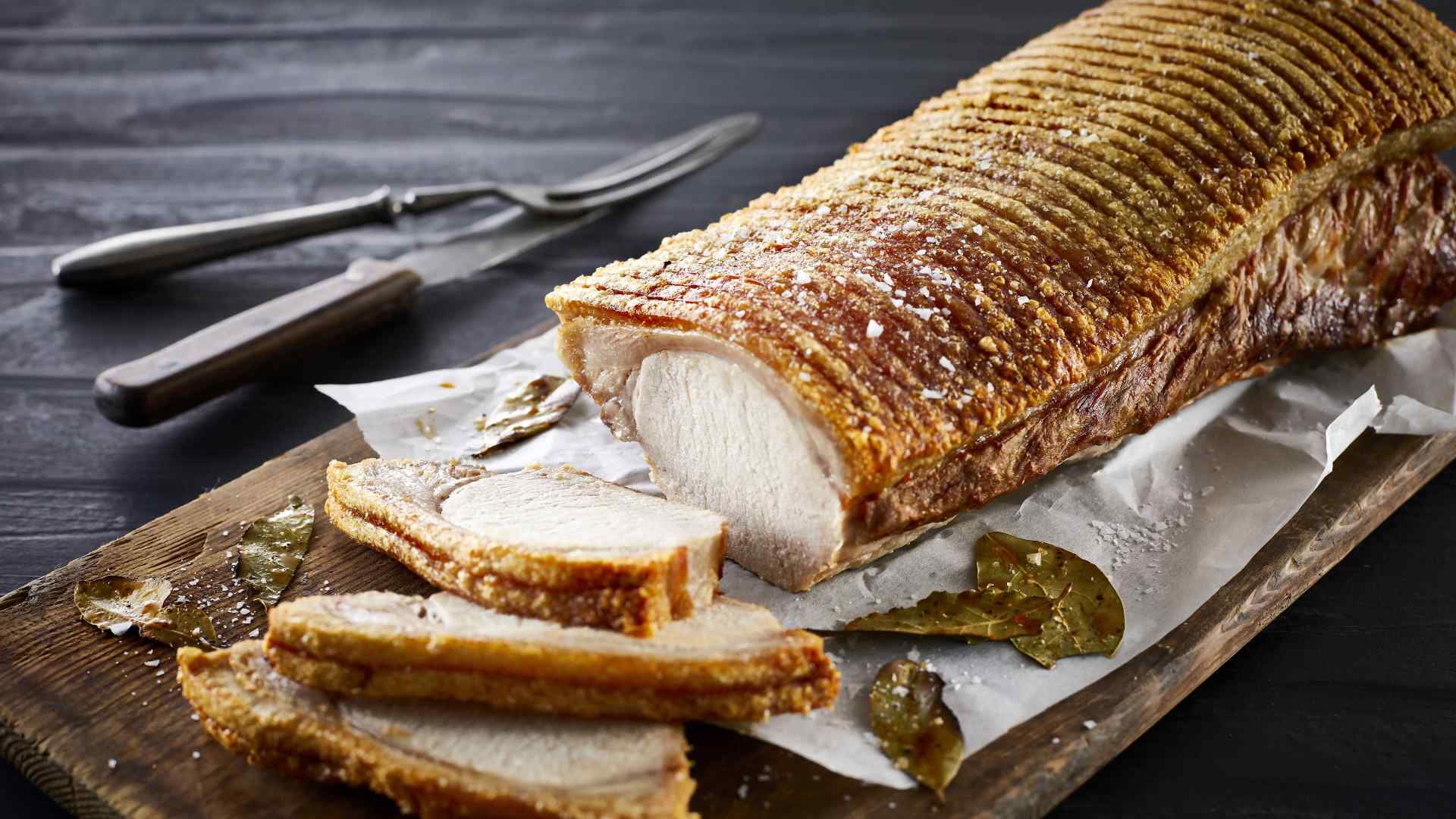
Flæskesteg
A beloved Danish classic, Flæskesteg is juicy roast pork with a crispy crackling on top. It's traditionally served during Christmas with red cabbage and caramelized potatoes, and it's known for its savory and satisfying taste. The aroma of Flæskesteg, especially its signature crackling, fills Danish homes during festive celebrations, symbolizing warmth and family gatherings.
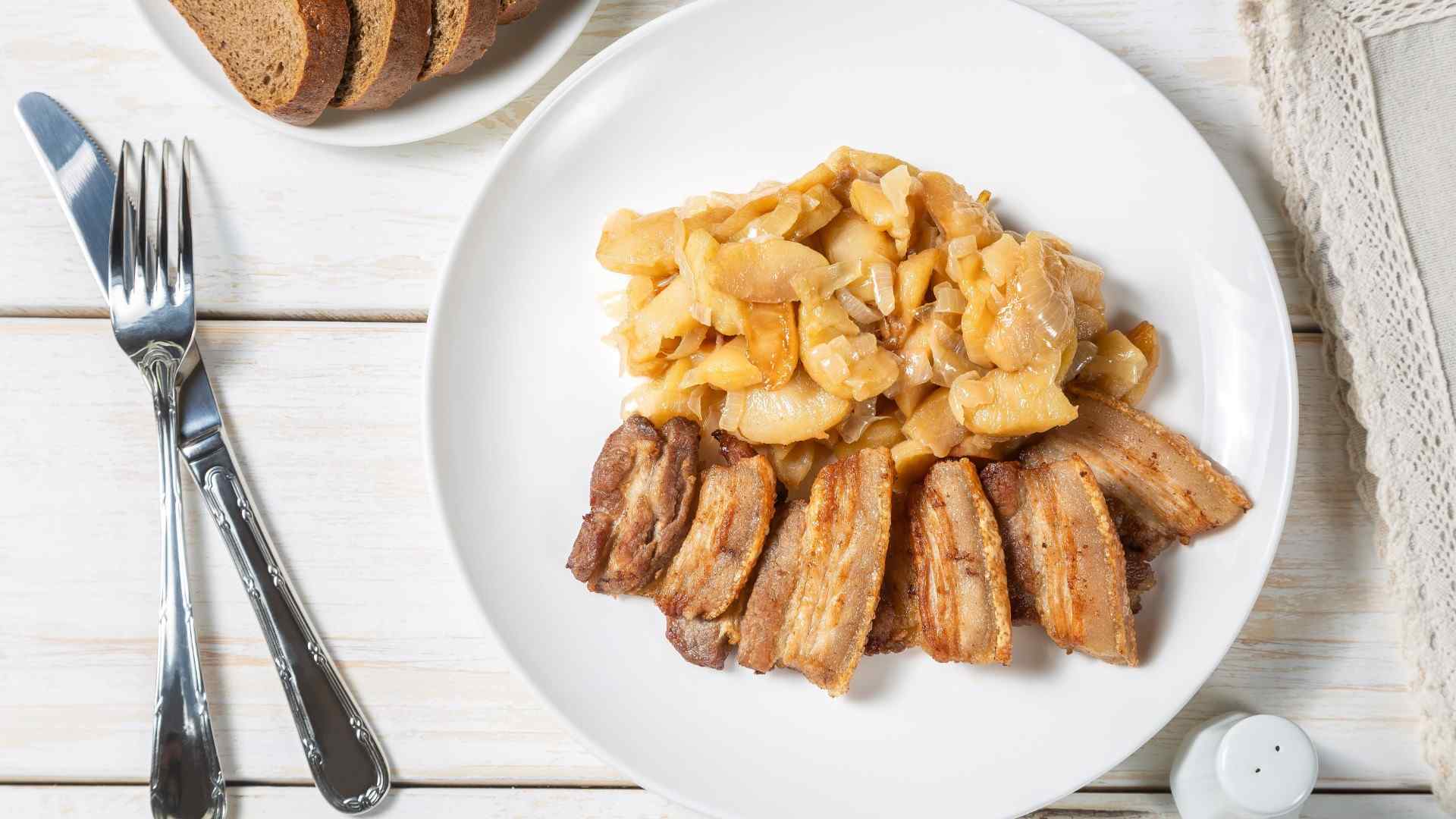
Aebleflæsk
Combining sweet and salty flavors, Aebleflæsk is a dish of pan-fried pork belly with apples, sugar, and thyme. It's a comforting meal that's often enjoyed on rye bread, embodying the simplicity and heartiness of Danish cuisine. Aebleflæsk is not just a dish; it's a culinary expression of Denmark's autumn, when apples are most abundant and the air is crisp with the scent of harvest.
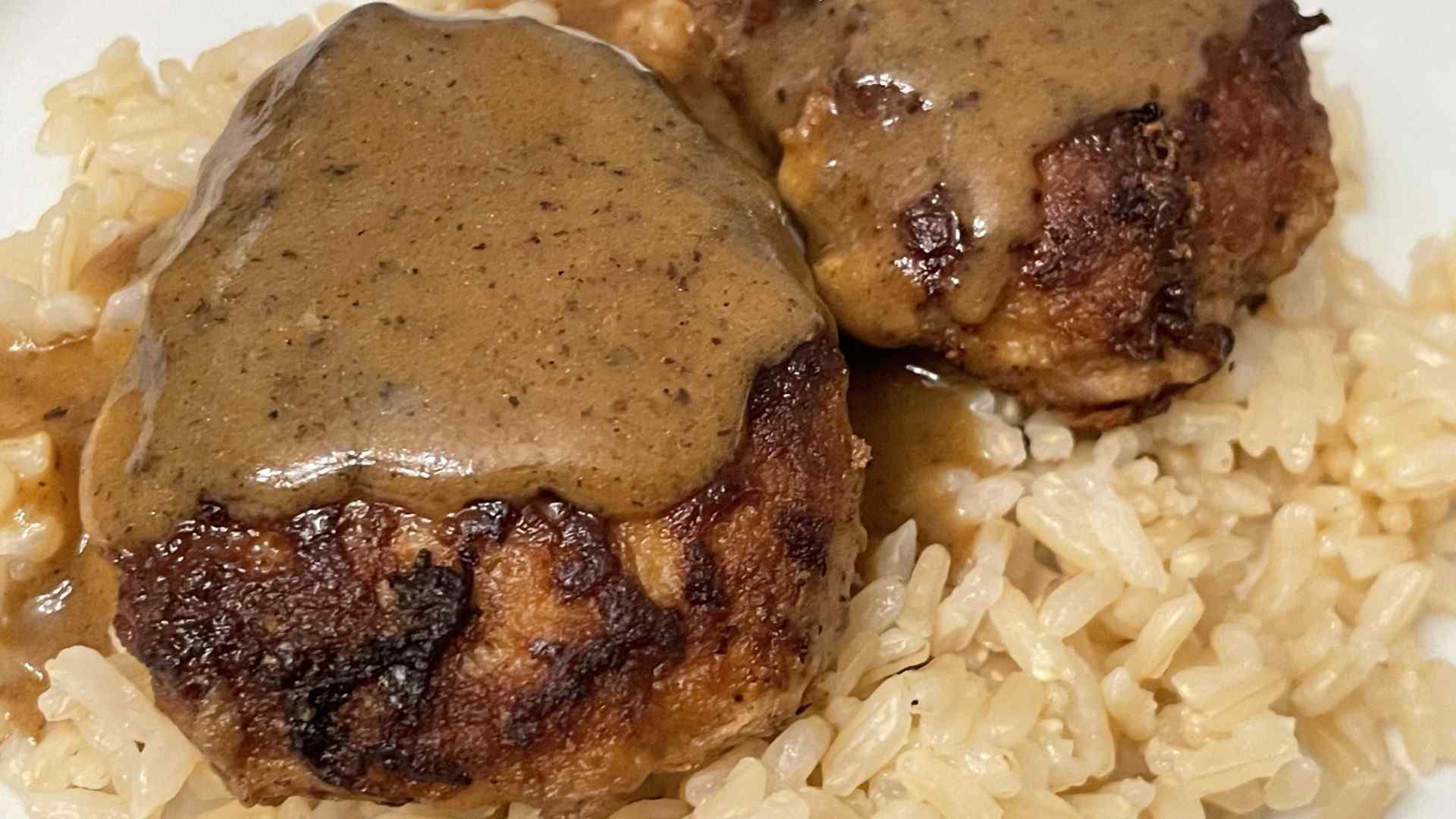
Frikadeller
These Danish meatballs are a versatile and popular dish made from ground pork (or a mix of pork and beef), onions, eggs, and milk. Frikadeller are typically pan-fried and served with potatoes and gravy or as part of a smorgasbord. Frikadeller are more than just meatballs; they are a beloved comfort food that brings back memories of Danish kitchens and cozy family dinners.
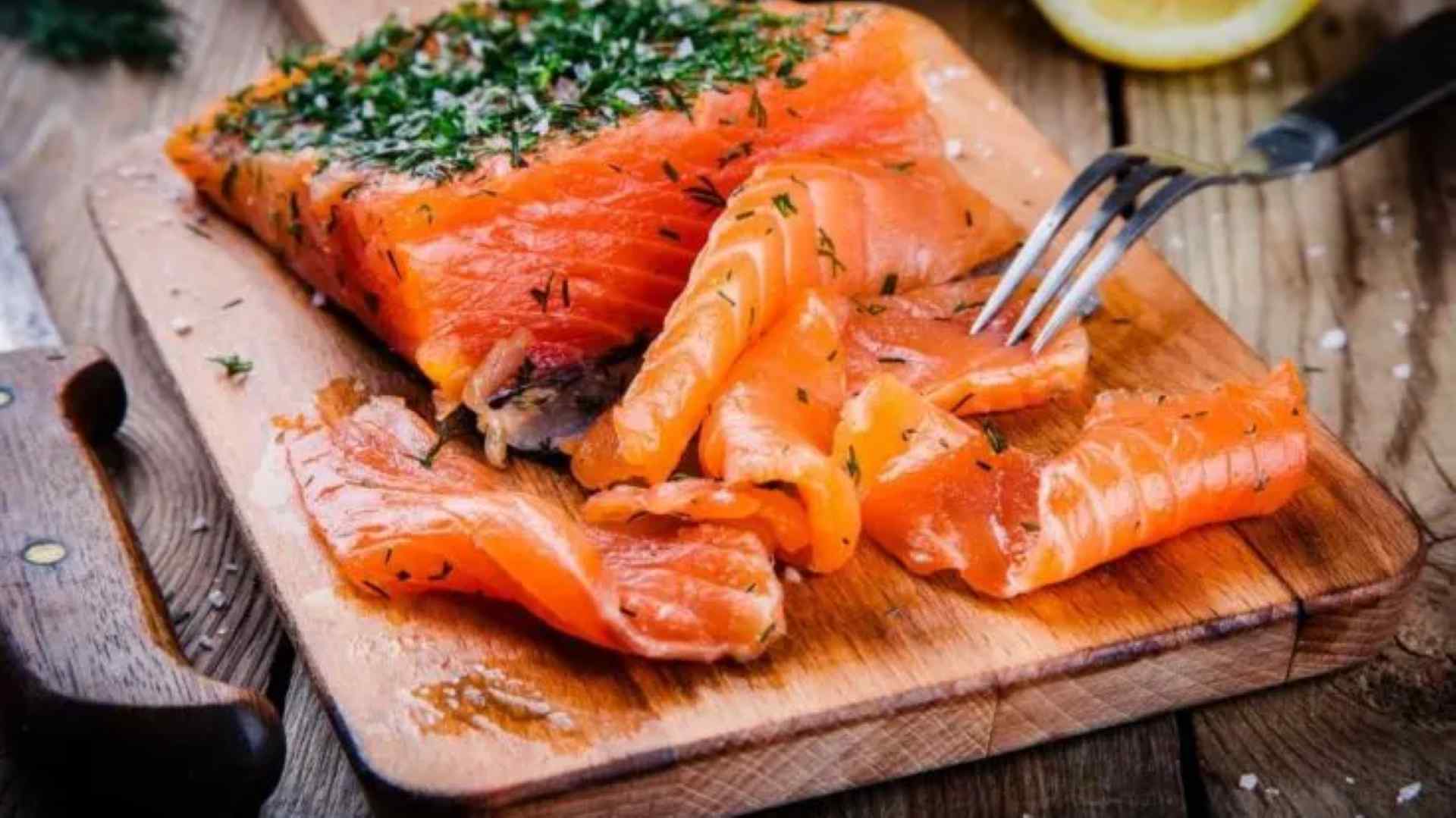
Gravlax
A Scandinavian specialty, Gravlax is salmon cured with salt, sugar, and dill. In Denmark, it's often served as an appetizer with a dill and mustard sauce, known as 'gravlaxsås', on bread or with boiled potatoes. Gravlax is a celebration of the sea's bounty, a dish that has traveled from Viking times to modern Danish tables with its rich, subtle flavors.
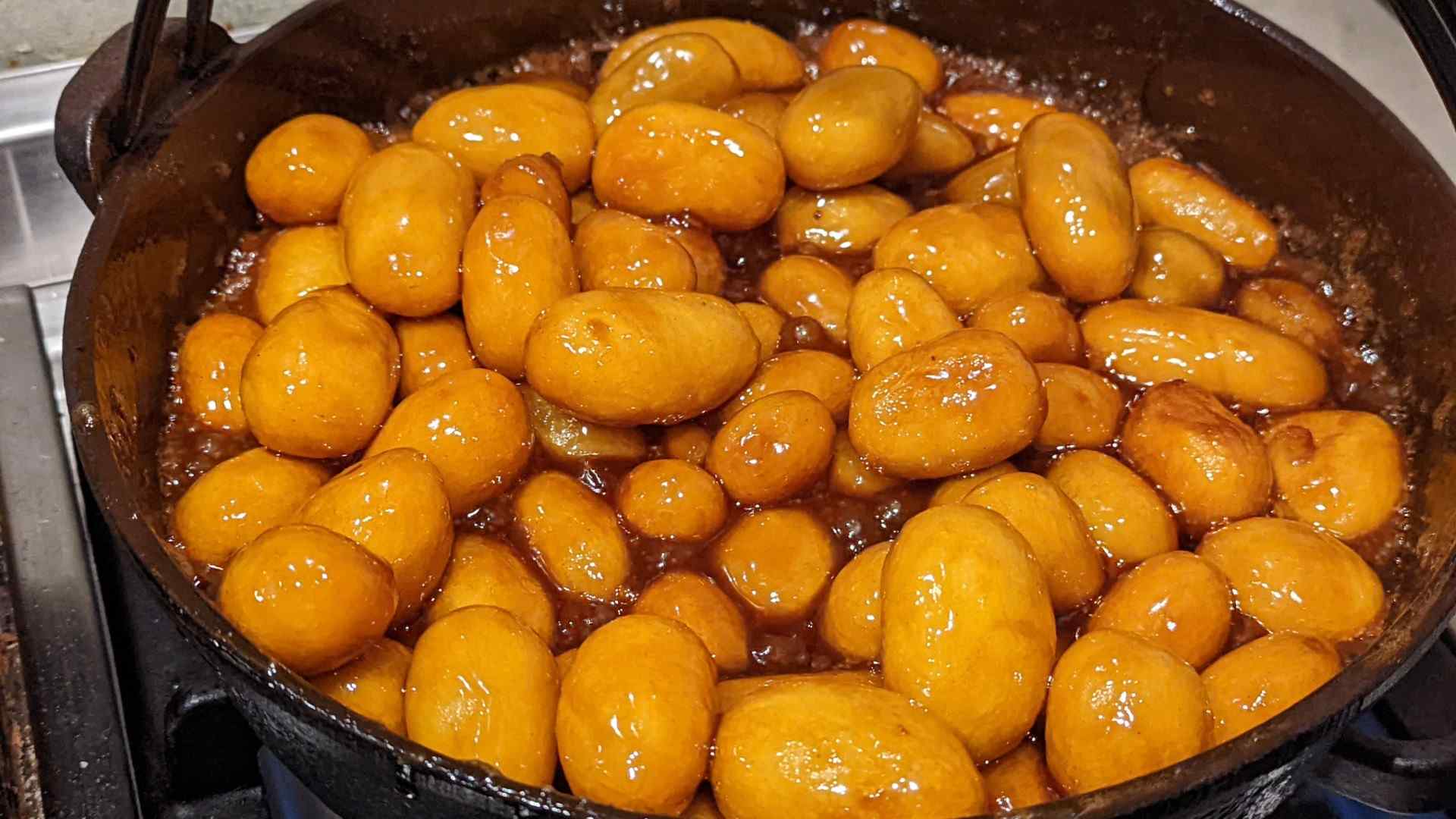
Kartofler
A staple of Danish cuisine, Kartofler refers to potatoes prepared in various ways. The most festive version is caramelized potatoes, which are small potatoes cooked in a caramel sauce, commonly served during Christmas. Whether it's the creamy consistency of mashed potatoes or the sweet crunch of caramelized ones, Kartofler is a versatile side that complements any Danish main course.
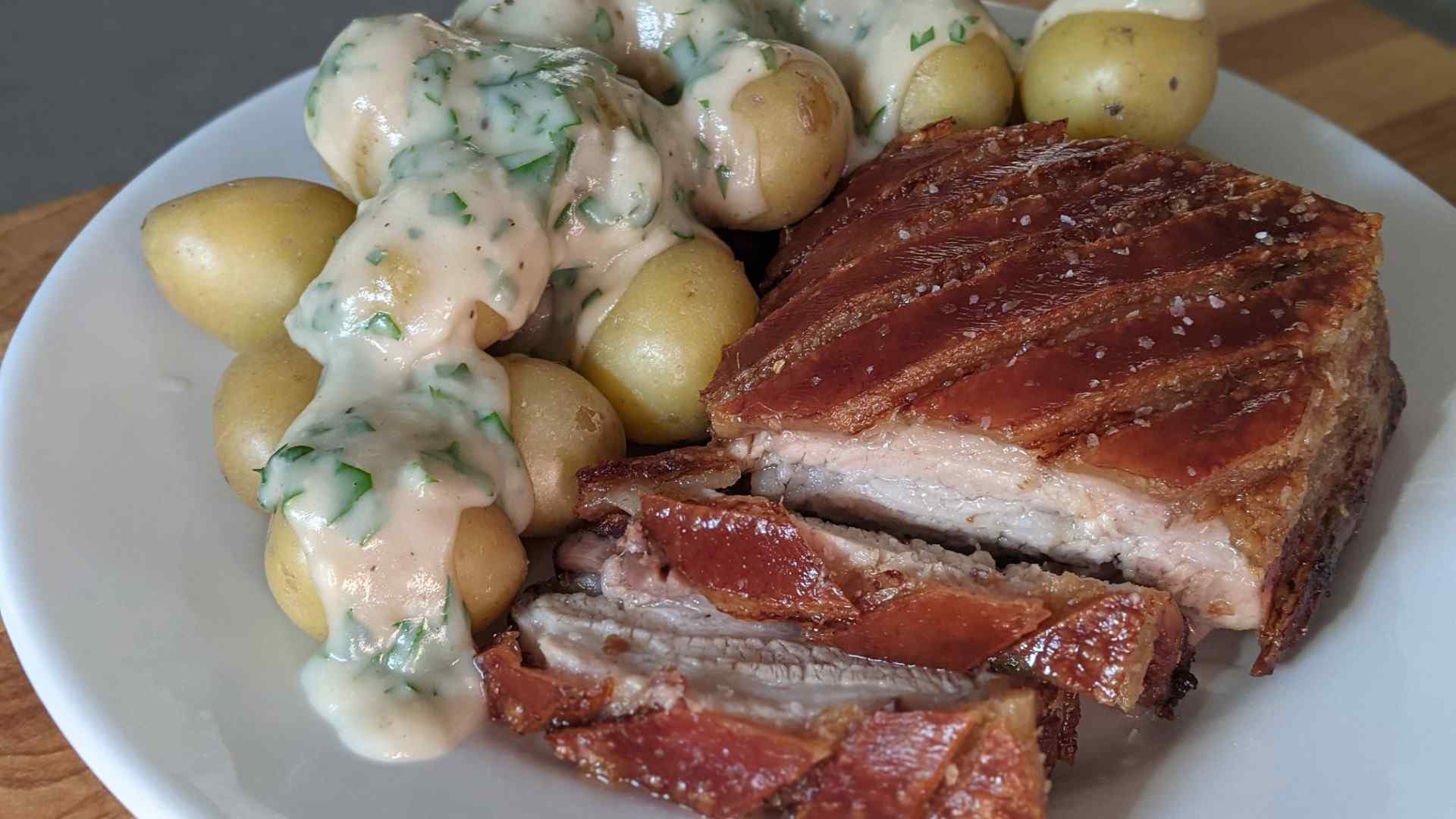
Stegt flæsk med persillesovs
This dish, consisting of crispy pork served with potatoes and a creamy parsley sauce, holds the title of Denmark's national dish. It's a hearty and traditional meal that's deeply rooted in Danish culinary heritage. Revered as the epitome of Danish cuisine, Stegt flæsk med persillesovs is a dish that evokes nostalgia and national pride with every bite.
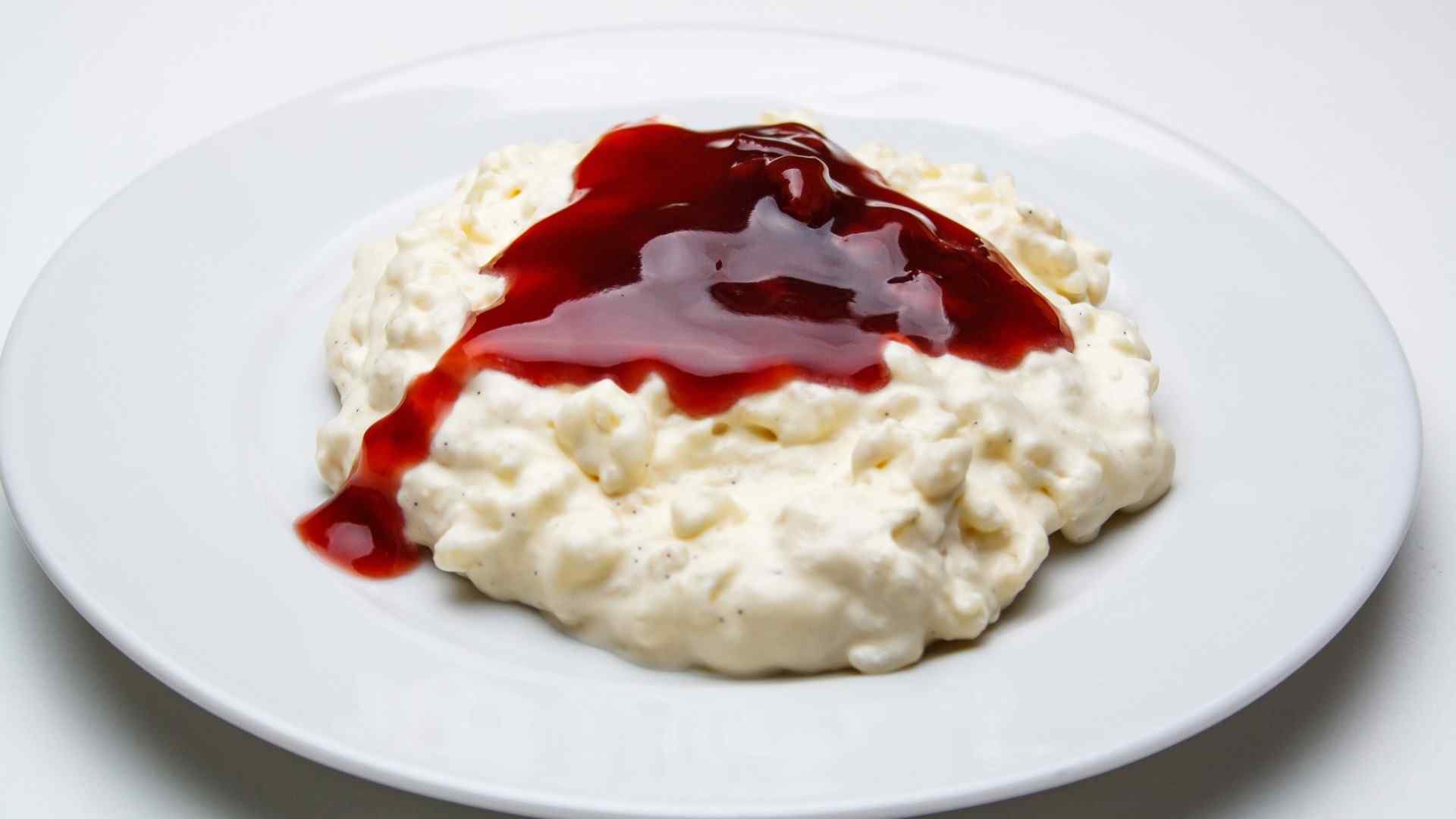
Risalamande
A festive dessert, Risalamande is a creamy rice pudding mixed with chopped almonds and topped with warm cherry sauce. It's a Christmas favorite, often served after the main meal, and sometimes contains a hidden almond as part of a holiday game. The hidden almond in Risalamande is not just a fun tradition; it's a symbol of the joy and mystery that envelops Danish Christmases.

Koldskål
A refreshing summer treat, Koldskål is a sweet cold buttermilk soup typically served with small biscuits called 'kammerjunker' and fresh berries. It's a light and delicious way to cool off on a warm day. On a hot summer day in Denmark, nothing compares to the refreshing zest of Koldskål, a beloved treat that cools the soul as much as the palate.
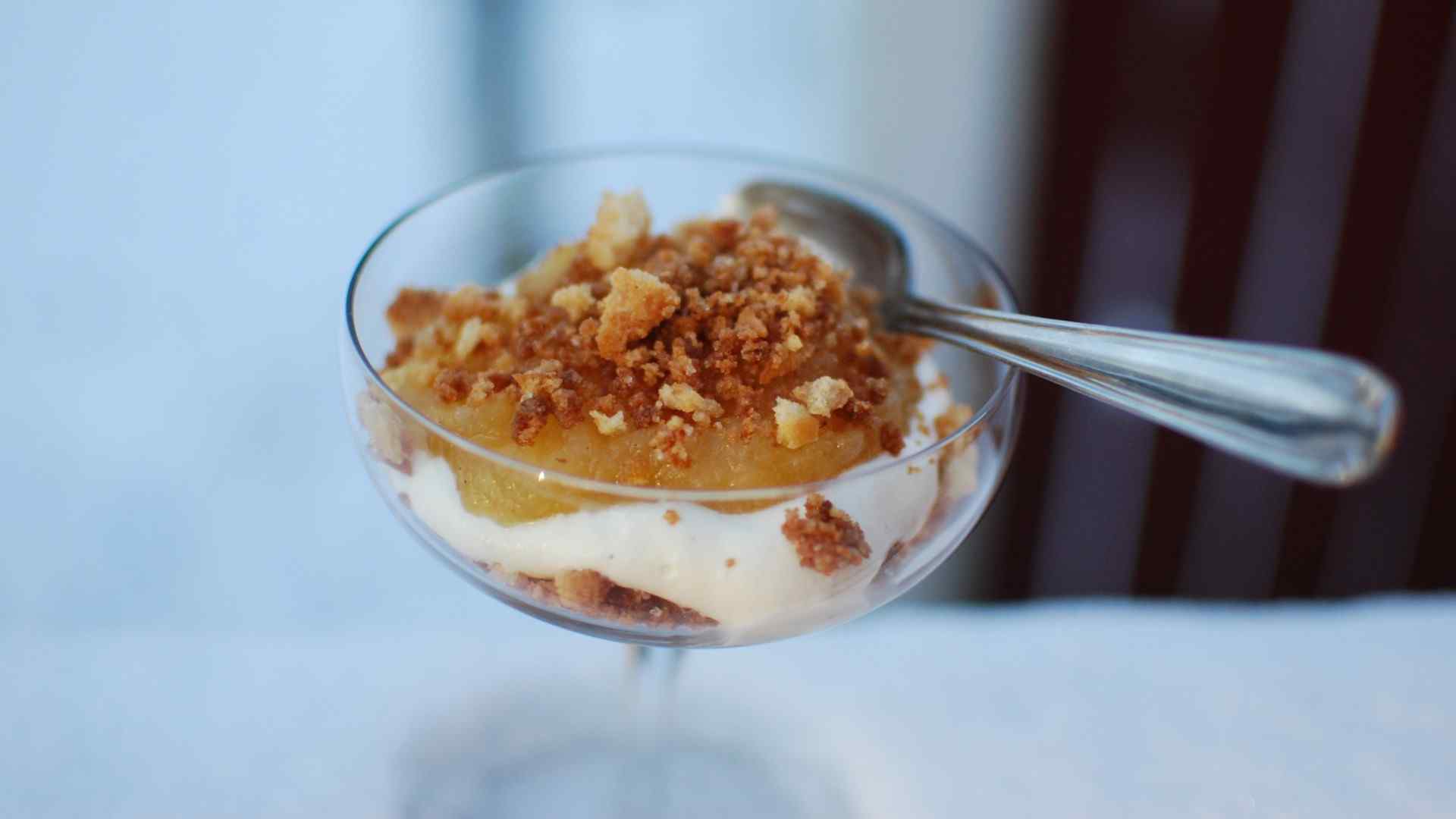
Æblekage
Translating to 'apple cake', Æblekage is more of a layered dessert with stewed apples, whipped cream, and crunchy caramelized oat crumbs. It's a beloved treat that showcases the Danish love for apples in sweets. Æblekage is a harmonious blend of textures and flavors, a dessert that captures the essence of Danish coziness, known as 'hygge'.